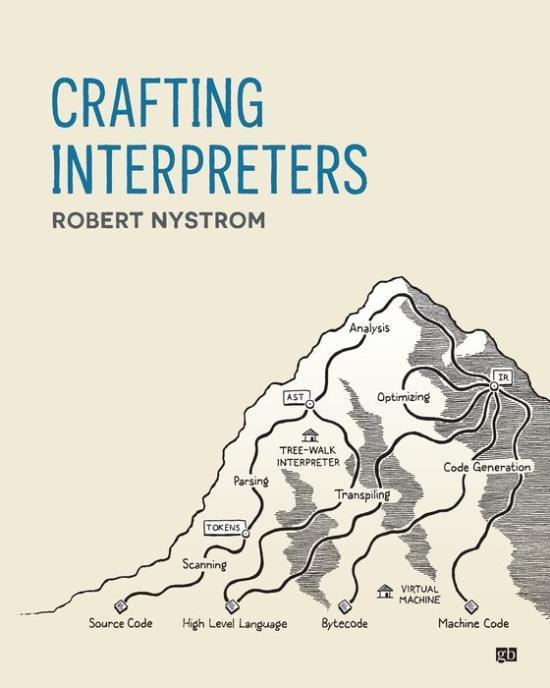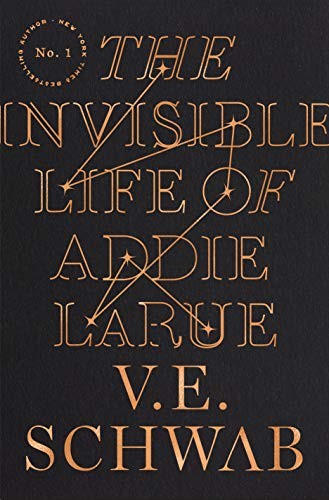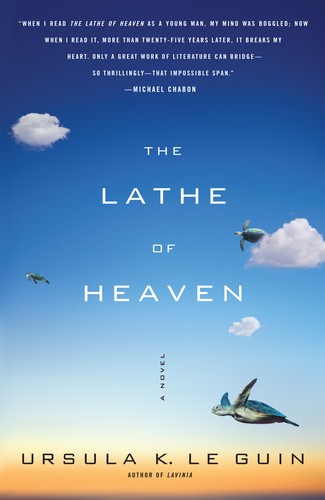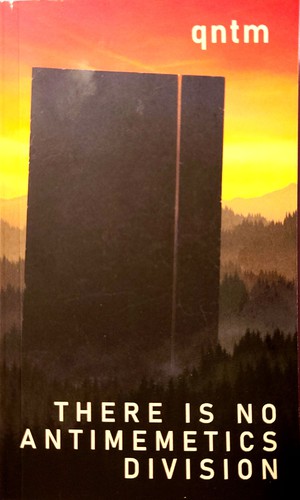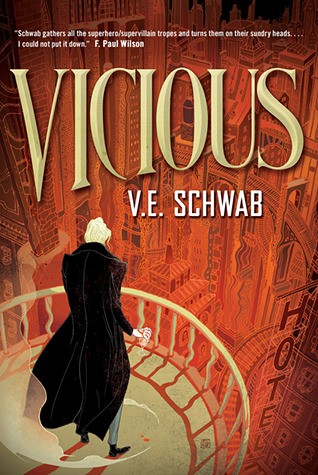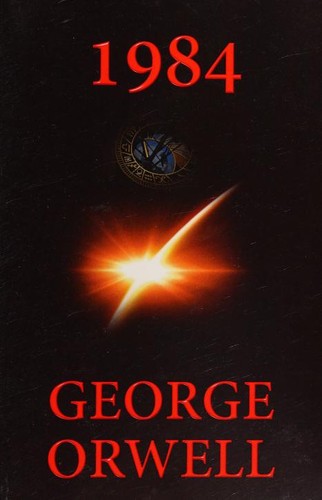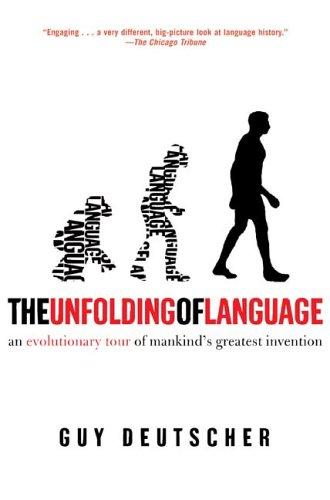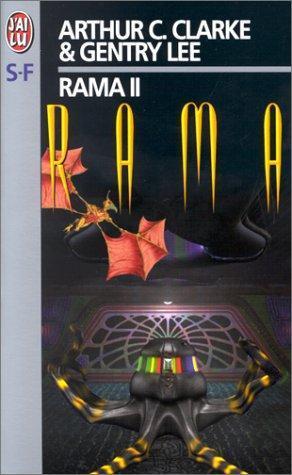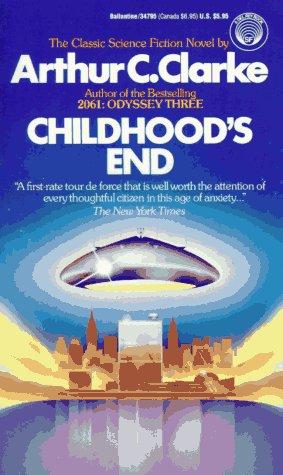Rama Ⅱ, the much awaited sequel of Arthur C. Clarke’s masterpiece and one of the greatest sci-fi classics ever Rendezvous with Rama, though different than what most expected, is definitely a worthy sequel. Set in 2200, seventy years after the first mysterious spaceship built by the aliens—named Rama—this book chronicles the journey and adventures of the crew of Newton as they set to meet the second Raman spaceship in our solar system.
Arthur C. Clarke in collaboration with Gentry Lee, wrote Rama Ⅱ in 1989, a whole sixteen years after the first book in the series. Rendezvous with Rama, the first book set in 2130, tells the story of an unknown object which enters our solar system, and the group of astronauts who visit it to uncover its secrets. The object—which is named Rama after the god Rama from the Hindu mythology—turns out to be a giant spaceship made by …
User Profile
This link opens in a pop-up window
Abhinav Sarkar's books
User Activity
RSS feed Back
Abhinav Sarkar rated Summary : Factfulness: 4 stars
Abhinav Sarkar rated The farthest shores of Ursula K. Le Guin: 5 stars
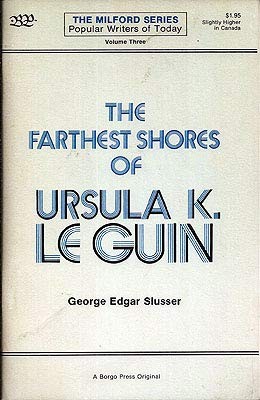
The farthest shores of Ursula K. Le Guin by George E. Slusser (The Milford series -- vol.3)
Abhinav Sarkar reviewed Rama II (Rama, #2) by Arthur C. Clarke (Rama (2))
Review of 'Rama II (Rama, #2)' on 'Goodreads'
4 stars
Rama Ⅱ, the much awaited sequel of Arthur C. Clarke’s masterpiece and one of the greatest sci-fi classics ever Rendezvous with Rama, though different than what most expected, is definitely a worthy sequel. Set in 2200, seventy years after the first mysterious spaceship built by the aliens—named Rama—this book chronicles the journey and adventures of the crew of Newton as they set to meet the second Raman spaceship in our solar system.
Arthur C. Clarke in collaboration with Gentry Lee, wrote Rama Ⅱ in 1989, a whole sixteen years after the first book in the series. Rendezvous with Rama, the first book set in 2130, tells the story of an unknown object which enters our solar system, and the group of astronauts who visit it to uncover its secrets. The object—which is named Rama after the god Rama from the Hindu mythology—turns out to be a giant spaceship made by unknown aliens who are therefore named the Ramans. The astronauts explore the cylindrical spaceship which contains an entire ecology of its own, with “cities” and “seas”. They try to understand the workings and the purpose of the ship while having exciting encounters with its inhabitants, the biological robots or the biots. Eventually the ship goes around the sun and exits the solar system, leaving behind more questions than answers. Seventy years after the first visit by the Ramans, a second similar spaceship enters the solar system. But this time humanity is ready for the meeting.
Humanity has changed a lot in some fashions and has never been more the same in some other since Rama Ⅰ appeared seventy years ago. Science and technology has advanced a lot but humanity is ever more wary of alien intelligence with unknown purposes. A crew of twelve is assembled after the second Raman spaceship is spotted entering the solar system. Unlike the last time, this crew is very diverse: it has scientists, military personal, journalists, engineers and doctors. Each of them have been selected for this mission after a rigorous process and each of them have their strong reasons to be in the group. The human spaceship Newton meets Rama Ⅱ around the orbit of Venus and the crew starts to explore it. Armed with the knowledge about the previous ship, their mission has two important goals: to explore the city of New York inside Rama Ⅱ and to catch a biot. But everything does not go according to plan. Some crew members’ secret motivations clash with the new unknowns of the Raman ship and the crew suffers massive losses. Eventually, it is up to the protagonists to save the ship and humanity from a disastrous ending, while trying to stay alive amid all the dangerous alien creatures and trying to reveal the secrets of the ship.
I remember trying to read Rama Ⅱ six years ago, right after binging excitedly through Rendezvous with Rama, and giving up after reading the first couple of chapters because of the sudden shift in the tone. Rama Ⅱ is quite unlike its prequel. One can say that it’s almost in a different genre. Rendezvous is a terse hard sci-fi, probably one of the best of its kind. It’s very minimalistic with almost no time given to introduce or grow the characters, and most of the time spent in exploring the alien landscape of the ship. It is like a sharp knife with serves its purpose, no more, no less. I can see why it appeals to the hardcore sci-fi readers and has been considered one of the classics of the genre. Rama Ⅱ on the other hand, is a character-driven story. The authors spend considerable time fleshing out all the crew members’ characters, with a lot pages dedicated to their motivations to join the crew and their backstories. A reader more used to hard sci-fi stories may consider this nothing more than verbiage filled in to expand the book (and maybe to showcase the authors’ literary skills). In my opinion, it actually makes this sequel more human than the previous book. After going through the book, I realized that the human crew of Rendezvous were almost as aliens to me as the Ramans themselves. However, I would agree that the main protagonist’s backstory drags on a little too long. She is probably given the most character points that I’ve even seen in a sci-fi book: an African-french woman, an olympic gold-medallist, a single mother, a doctor, an astronaut with the power of true premonitions and an ancient prophesy about her. I think the authors leaned on that bit more than required. The scenes from the spaceship and the adventures with its alien inhabitants are brilliant as expected. The twists and turns of the plot are thoroughly engrossing. The ending though leaves of a lot of storylines unresolved and feels somewhat hurried. Maybe the next sequel will give us the required closure.
All in all, I consider Rama Ⅱ a worthy—if somewhat unexpected—sequel to Rendezvous with Rama. The change in the tone of book is drastic but welcome. Hopefully the story is tightened a bit in the next sequels. I recommend it and rate it 4 out of 5.
Abhinav Sarkar reviewed Childhood's End by Arthur C. Clarke
Review of "Childhood's End" on 'Goodreads'
3 stars
The book starts so well. Really exciting premise, great world-building and slow and surprising reveals. But over the course of the book, its central theme changes to something which we’d not see in a good light in current age. Perhaps it’s a reflection of the time the book was written in (1953) or perhaps—like the story of the book itself—Clarke was not ready to embrace hard SciFi yet.
The plot of the book spans over a century and hence, parts of it seem somewhat disjointed. The storytelling itself is fabulous but if you have read enough of Clarke’s books, it may seem a proto-good-Arthur-C-Clarke book. The suspense and tension keeps on building over the course of chapters and ends in a great, explosive reveal and climax that gets your heart racing. However, after you are over it, the book seems like a missed opportunity—something that could have been so much …
The book starts so well. Really exciting premise, great world-building and slow and surprising reveals. But over the course of the book, its central theme changes to something which we’d not see in a good light in current age. Perhaps it’s a reflection of the time the book was written in (1953) or perhaps—like the story of the book itself—Clarke was not ready to embrace hard SciFi yet.
The plot of the book spans over a century and hence, parts of it seem somewhat disjointed. The storytelling itself is fabulous but if you have read enough of Clarke’s books, it may seem a proto-good-Arthur-C-Clarke book. The suspense and tension keeps on building over the course of chapters and ends in a great, explosive reveal and climax that gets your heart racing. However, after you are over it, the book seems like a missed opportunity—something that could have been so much better.
I think it’s unfair to judge an almost 70 year old SciFi book which talks about the 21st century, from the actual 21st century viewpoint. The author builds quite a believable future world and I found myself being surprised many times by almost-clairvoyance of the the author. There are many references to past history of humankind as well, specially about racism, cultural conflicts, and colonialism.
All in all, this book is a great view into the early career of one of the greatest SciFi authors ever. And even if you don’t like this book as much, it gives you an appreciation of the amazing skills of Arthur C Clarke as a writer.
Plot Synopsis
It’s the early 21st century and humankind has a base on moon now. Down on earth, everything is as usual; there are rich and poor, there is peace and war, there are skyscrapers and slums; nothing different from how you’d imagine the world to be. But then out of nowhere and all of a sudden, they arrive in their mighty ships. The aliens who we know nothing about, are named The Overlords by the humankind. Unlike the familiar imagined schemes of the alien-kind, they are not here to invade or take over the Earth. They are here to guide us, to nurture us. Or so they say.
Using their spectacular technological powers, they disallow wars and change the world into an utopia. Poverty and sickness is eradicated and so is the divide between rich and poor, along with all the religions of the world. Machines manufacture everything and cars fly. The human society changes a lot in next decades. People don’t need to work anymore and spend most of their lifetimes in education, traveling, entertainment and following their passions. Which mostly means sitting in their comfy home and watching a lot of TV.
Most think that this is the pinnacle of the human civilization but some disagree. The disapprovers say that humans have lost their imagination and creativity and have become mere consumers of their sensory inputs. The rebels, over the duration of many decades, try to fight against the Overlords but without any success. The rebellions are nothing in front of the unimaginable powers and intellect (and much longer lifespans) of the Overlords who mostly just ignore the rebels till they run out of steam.
The Overlords reveal themselves after fifty years of their arrival and behold, they are the devils from the human religions and mythologies. Well, they look like the devils of human imaginations, with their horns, leathery wings, and preference for darkness. But humankind has become much more tolerant by now and they accept the devil Overlords for what they are and not what they seem. The world is at peace with their rulers/guides. Except some next-gen rebels.
These next-generation rebels are unlike the previous ones. They don’t want to fight the Overlords or to drive them away. They just want to restore the old-and-lost glory of humankind in arts and crafts. They create an isolated colony on an island and name it New Athens. They gather the remaining artists from all over the world to pursue advancement of all arts such as painting, sculpture, theater, cinema and even virtual-reality video games. The Overlords don’t seem to care about them and the colony flourishes for decades. That is until a man named George Greggson comes to live in New Athens with his wife, son and daughter. And the story takes an unimaginable turn here which I’ll not write about to preserve the suspense.
Abhinav Sarkar rated The Tombs of Atuan: 4 stars
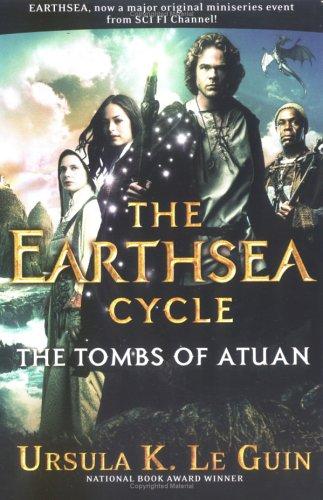
The Tombs of Atuan by Ursula K. Le Guin (The Earthsea Cycle, #2)
Arha's isolated existence as high priestess in the tombs of Atuan is jarred by a thief who seeks a special …
Abhinav Sarkar rated A Wizard of Earthsea: 3 stars
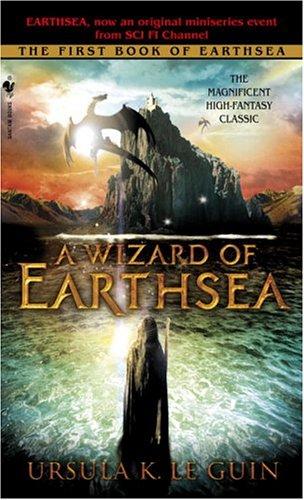
A Wizard of Earthsea by Ursula K. Le Guin (The Earthsea Cycle, Book 1)
A boy grows to manhood while attempting to subdue the evil he unleashed on the world as an apprentice to …
Abhinav Sarkar rated Harry Potter and the Methods of Rationality: 4 stars
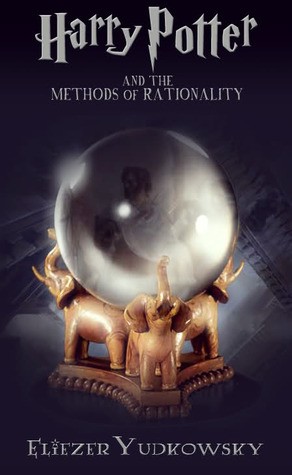
Harry Potter and the Methods of Rationality by Eliezer Yudkowsky
In this alternative version of J.K. Rowling's famous tale, Petunia Evans marries the biochemist Michael Verres. The couple adopts her …

Masters of Doom: How Two Guys Created an Empire and Transformed Pop Culture by David Kushner
Masters of Doom: How Two Guys Created an Empire and Transformed Pop Culture is a 2003 book by David Kushner …
Abhinav Sarkar rated The Long Earth: 4 stars

The Long Earth by Terry Pratchett, Stephen Baxter (The Long Earth, #1)
1916: the Western Front. Private Percy Blakeney wakes up. He is lying on fresh spring grass. He can hear birdsong …
Abhinav Sarkar rated Early Indians: 5 stars
Abhinav Sarkar rated Sapiens: 5 stars
Abhinav Sarkar rated To Kill a Mockingbird: 4 stars
Abhinav Sarkar rated Hackers: 5 stars
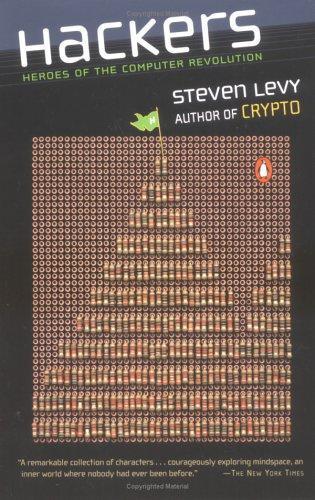
Hackers by Steven Levy
Hackers: Heroes of the Computer Revolution (ISBN 0-385-19195-2) is a book by Steven Levy about hacker culture. It was published …
